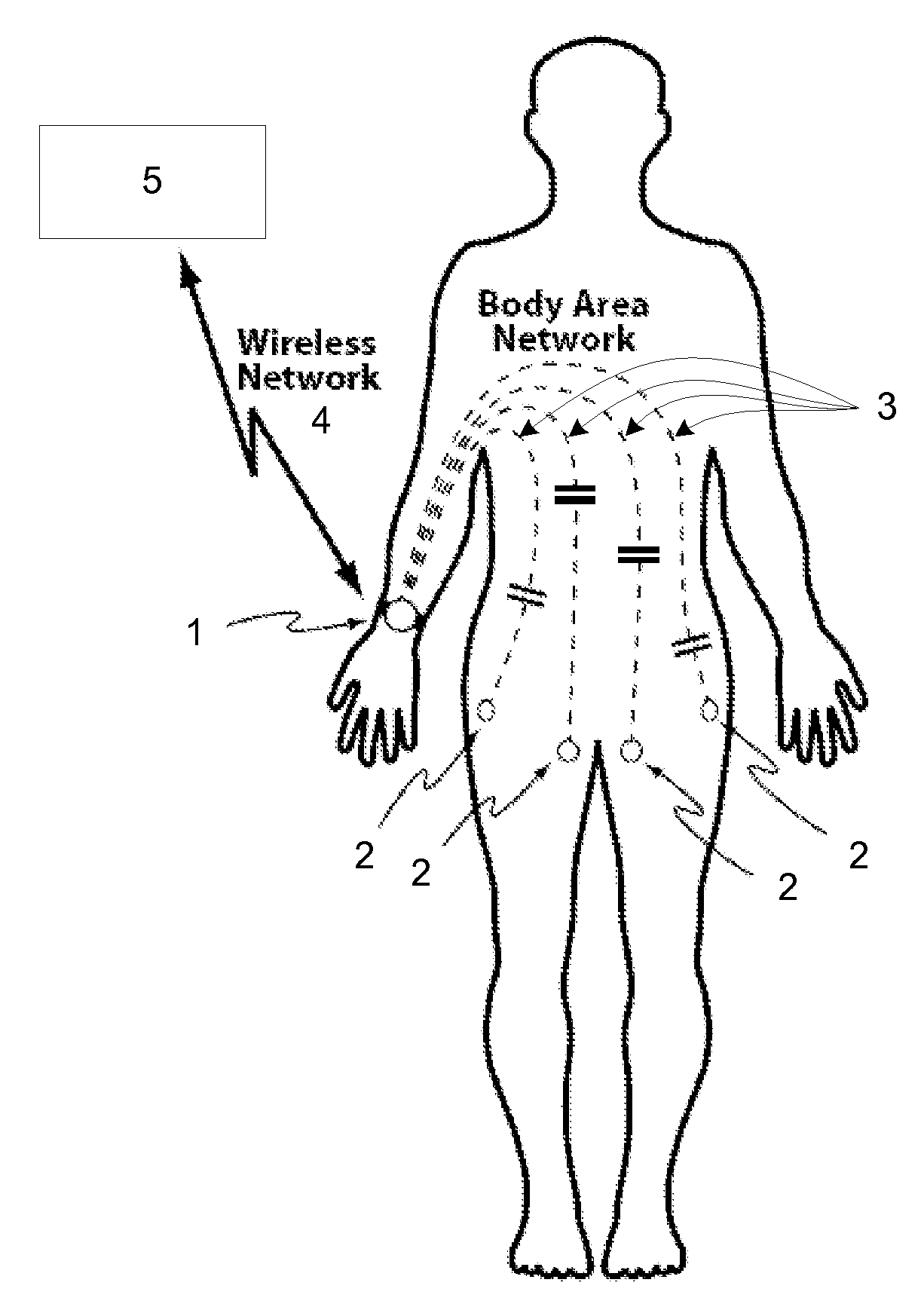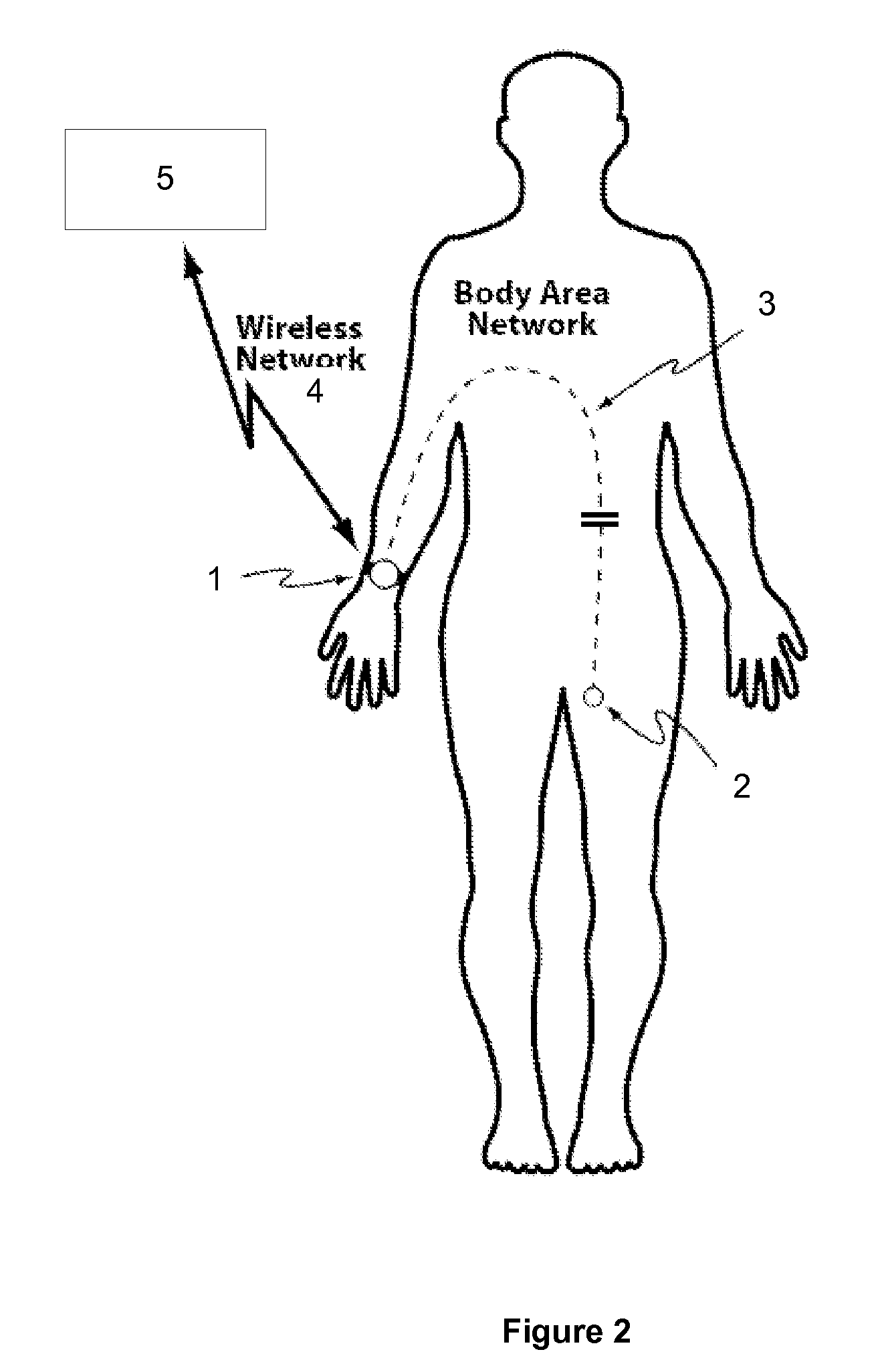In some applications, cost and performance requirements make current technologies inappropriate.
The cost of daily care for people with
skin disease is much higher than for people with healthy skin, due to the requirement that medical professionals diagnose, prescribe, and monitor care.
Skin disease is entirely preventable, but healthcare facility managers, particularly facilities for eldercare, struggle with high staff turnover, rapidly rising costs, and a chronic shortage of nurses and aides.
Current care procedures are labor intensive.
Modern
super absorbent diapers make checking more difficult by producing a “dry feel” when
urine is present, often requiring a more intrusive examination.
Sometimes checking is cursory due to other demands on
staff time and the unpleasant nature of the checking task.
A regular checking schedule may also
neglect the differing needs of individual residents in these facilities.
Once a resident's skin health begins to deteriorate, the complexity and costs of care escalate rapidly.
Apart from the high costs due to the need for experienced professionals, high staff turnover contributes to variability in care which makes manual procedures less reliable and contributes to a high
prevalence of skin diseases.
As the pH rises, this binding weakens and the skin becomes more susceptible to abrasion, tension, and shear.
A resident can request assistance if a soiled diaper is sensed, but many residents are either sleeping or mentally compromised and cannot call for help.
Even if the resident requests help, none may be forthcoming due to the lack of available caregivers.
First, there is increased hydration of the skin.
Fifth, microorganisms are given more time to spread which can lead to other problems, such as urinary tract infections.
It is commonly assumed that the primary effect of
exposure to elevated levels of
moisture is to
hydrate the skin leading to maceration which then leads to skin disease.
Macerated skin is more permeable and prone to damage from friction and irritants.
It is well known that proper, timely care can prevent skin diseases, but most
long term care facilities operate under severe cost and
resource constraints that directly affect the quality of care.
The resource problem is particularly acute with high levels of turnover,
ranging from 40% of Administrators, to 70% of CNAs, and an acute shortage of nurses.
There is a serious unmet need for methods and systems that can accomplish the above, cost-effectively.
The reality of institutional care is that margins are low and costs are rising.
Their main problem is false positives.
Unless there is some way to detect
fluid volume, caregivers will waste time responding unnecessarily.
They also have a hard time detecting dry stool.
Stools are much more damaging to skin health than urine because of their bacterial load.
Such solutions have further difficulties when dealing with stools.
These configurations have three problems: a) they present restrictions on the selection of absorbent products; b) they require special attachments or module replacements during changes, increasing required labor for a change; and c) they discard some components with each change, raising the cost.
Sensors that are integrated into absorbent products
pose significant economic challenges to the facilities by increasing total cost.
Any technology integrated into a specific diaper will either force a change in facility policy or require the manufacturer to offer a bewildering array of product variations.
The solution involving a reusable component suffers further in that it introduces another step during a change which normally takes 3 minutes.
This adds considerably to the cost of a change and presents a major barrier to adoption of the product.
Connectors are well known
system failure points and it is not uncommon to change diapers 10 times a day, a considerable number of connector
mating cycles.
All of these techniques still involve a considerable additional effort during each change and represent increased labor cost and reduced efficiency.
This raises the cost dramatically since changes are made 4-10 times per day.
These suffer from being awkward to apply, expensive, uncomfortable, and prone to misapplication.
These represent a considerable invasion of privacy in an institutional setting and create a distracting and annoying interruption to caregivers who must respond immediately to
silence the alarm, regardless of the relative priority of that resident's needs.
These have been almost universally unsuccessful since they either tether the patient to the
bed or fail to operate when the patient is
ambulatory.
Wireless techniques involving radiated RF signals have several problems: a) they consume a lot of power or they require a lot of nearby
receiver units to reliably receive low power signals; b) their signals can be easily blocked by nearby objects reducing communications reliability; c) their signals are absorbed or blocked by the body of the wearer; or d) their signals suffer from interference with other RF devices in the environment.
Wireless techniques using radiated RF also suffer from privacy issues since the signals are subject to
eavesdropping (U.S. Pat. No. 6,603,403).
An animal or
human body interferes with most electrical signals.
This is a problem when
wireless sensors are intended to be placed on or in close proximity to the body but accessed remotely from a significant distance.
Increased
signal power or antenna orientation restrictions can be employed to overcome this problem, but can create problems of their own effecting ease-of-use or
electromagnetic interference or compatibility (EMI / EMC) compliance.
 Login to View More
Login to View More  Login to View More
Login to View More 


